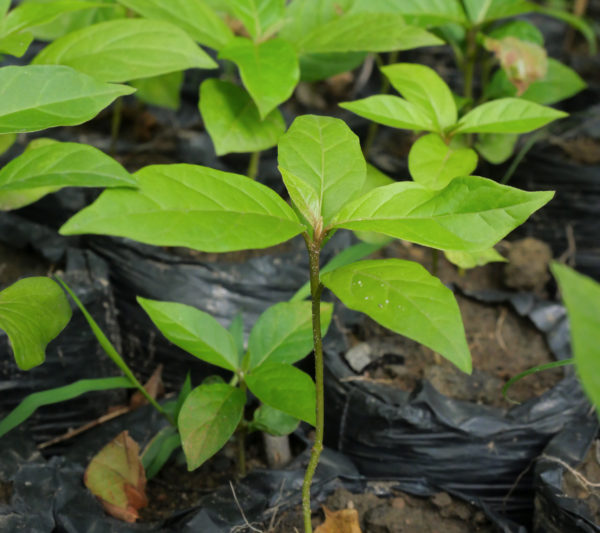Thanry Group is involved in the fight against climate change and deforestation. It is involved in reforestation and forest conservation projects via the voluntary carbon credit market.
Thanry Group and the State of Côte d’Ivoire have agreed on two forest concession conventions, for a period of 50 years with the possibility of renewal:
– The 60,000 ha Goin-Débé classified forest
– Tiapleu forest (28,000 ha).
This project is scheduled over a 27-year period, from 2024 to 2051.
In recent decades, the Goin-Débé and Tiapleu classified forests have lost 99% and 85% of their plant cover respectively. The carbon credit project will result in the afforestation of 15,000 hectares in these areas, helping to restore their flora and fauna.
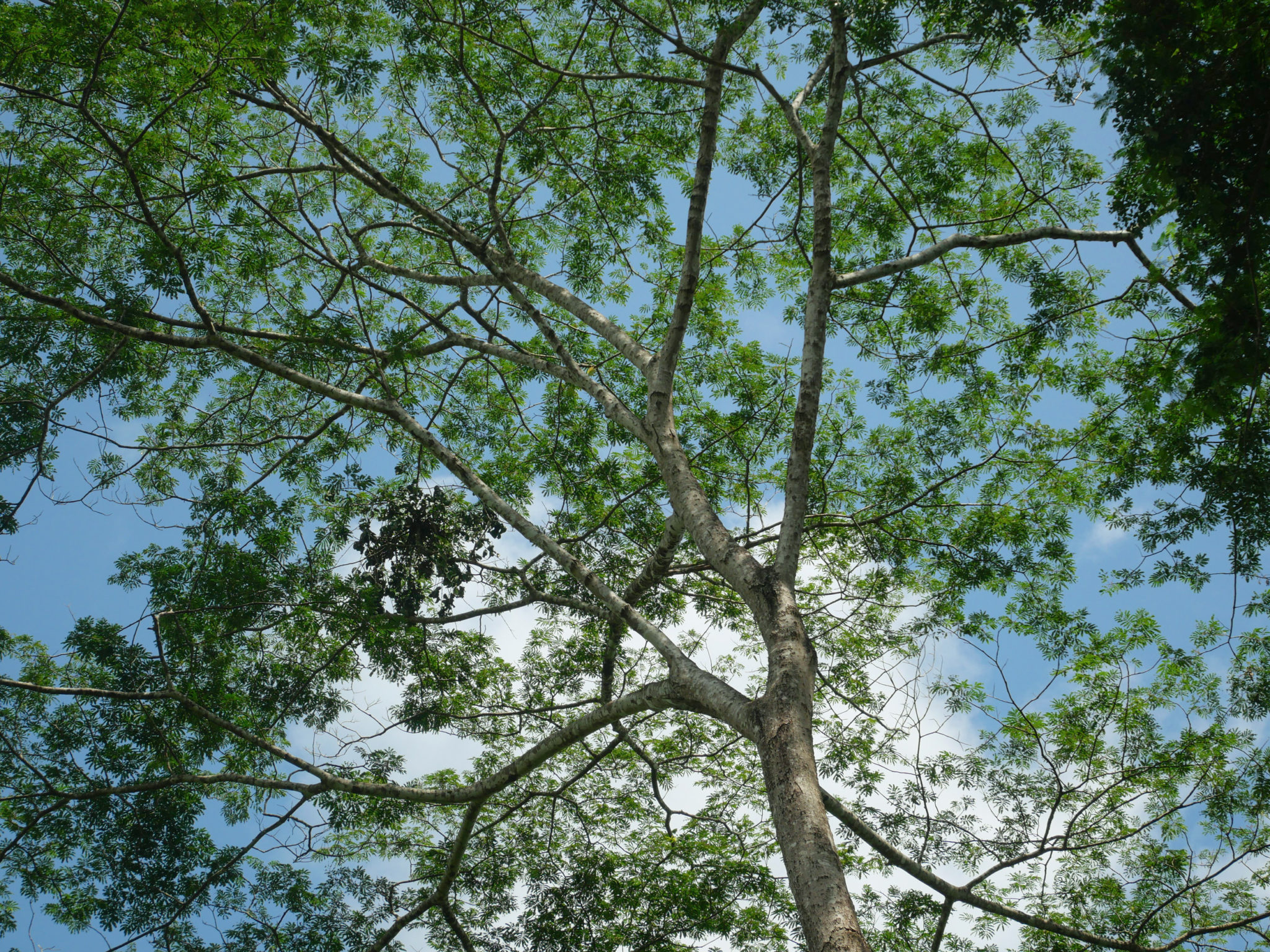
The Carbon 2024 project is part of Ivory Coast’s new forest policy for the Preservation, Rehabilitation and Extension of Forests. The main objectives of this strategy are:
Improving forest governance,
Strengthening the protection of residual forest areas their extension and sustainable management,
- Rebuilding degraded forest areas and adapting to climate change.
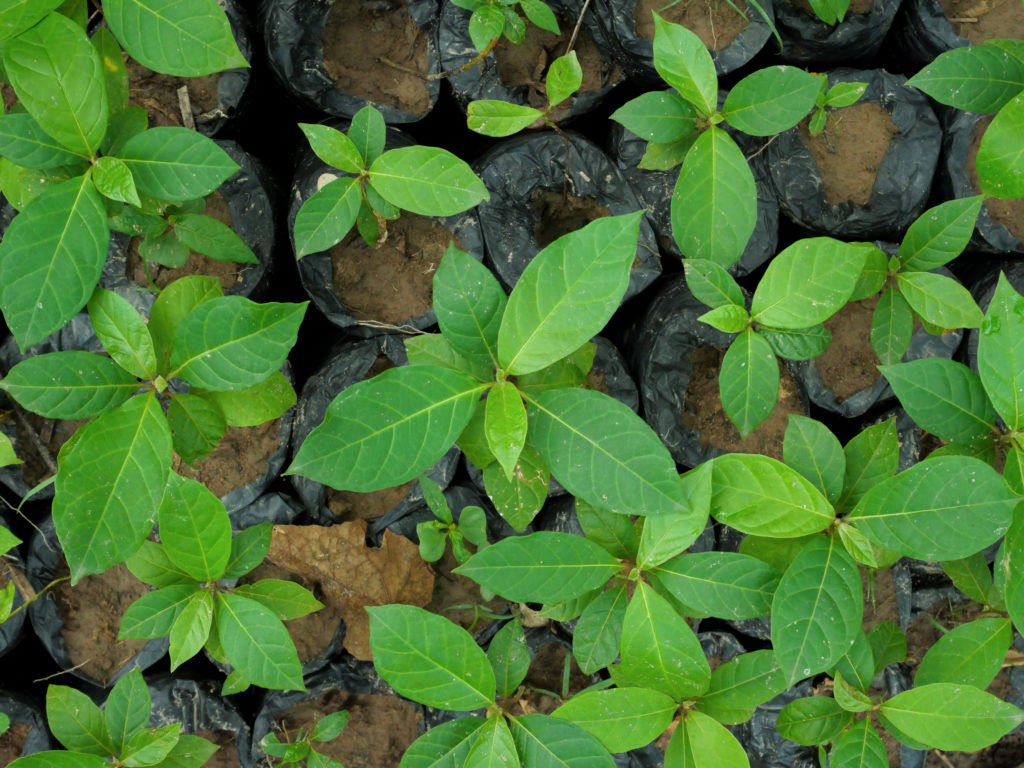
Project schedule over 27 years :
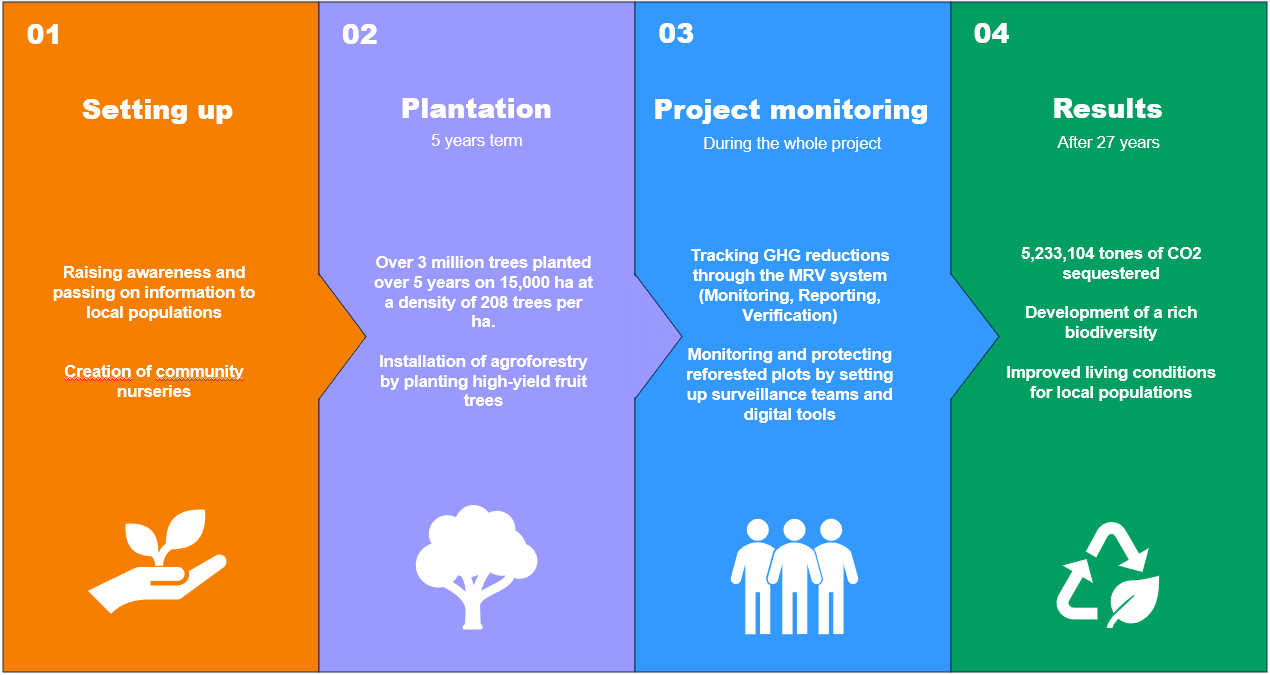
The voluntary carbon credit market, a contribution to the common good
On the social level, the carbon 2024 project is based on the principle of free consent of local populations. They are informed in advance and some of them are trained in good agricultural practices. They will create many jobs. More specifically, this project represents an investment of 50 million euros over 27 years. The savoir faire transmitted to local populations during this project will generate many future jobs such as forest supervisors, planters, weeders… This will result in a long-term development of the populations of these regions. Thanks to Thanry’s experience in reforestation since its creation, awareness and the transmission of information to local populations is facilitated and optimized.
The main challenge of this project is to involve local populations in the best possible way. Specifically, we will put in place financial and non-financial incentive mechanisms to encourage local communities to conserve and maintain the plantations carried out. Compensation is provided for farmers who would no longer be able to cultivate the areas devoted to afforestation. At the same time, community tree nurseries will be set up to prepare tree seedlings for planting. Finally, a double objective will be set through agroforestry. This sustainable agricultural practice will combine reforestation and agricultural cultivation on the same plots by introducing fruit trees with high economic yield such as cocoa, avocado, orange, lemon, cola…
This will result in improved soil productivity while protecting the environment and developing biodiversity. The plantations already present will be valued by this system, they will allow a close win-win collaboration with the local populations.
On the environmental level, the Carbon Credit project plans to afforest 15,000 ha, with an optimal afforestation density of 208 trees per ha, corresponding to more than 3 million trees. The latter will come mainly from native species present on the IUCN Global Red Lists of endangered Species. It is important to note that we will only use natural insecticides as a last resort to minimize the influence on wildlife. We do not allow any chemical insecticides. This carbon project will sequester, at the term of the 27 years, 5,233,104 tons of CO2 from IPCC reference values. The creation of these forest carbon credits, in addition to environmental impact, will bring local communities the following living conditions improvements.
- Improvement of forest ecosystem systems
- Better access to drinking water,
- Local climate regulation
- Better food production through agroforestry.
Validated standards
The VCS (Verified Carbon Standard), also known as VERRA, is used for the certification of carbon emission reductions. The standard is the most widely used international clearing standard in the world. Indeed, this standard is mainly based on three pillars:
01
Transparency
Whether for the origin of the cut wood, the origin of the derived products, the social and environmental impacts such as GHGs emitted and sequestered, as well as their calculation methods. Clear, crisp and accurate documents must be communicated to stakeholders.
02
Credibility
The VCS standard requires the regulations to be respected and validated by independent third parties responsible for emissions calculations and project verification reports. This pillar builds confidence in the VCS.
03
Environmental impact
Projects validated by the VCS must have a tangible and active effect on GHG reduction, but they must also comply with social and environmental standards.
The verification and validation of the project will be done by an independent auditor of two different approaches: validation and verification.
- The validation process according to VCS 4.4 involves the evaluation of the assumptions and methods used in the development of the project by an external audit. After the audit, a validation report is issued to confirm that the project design complies with the guidelines of the standard, including the emission quantification method used.
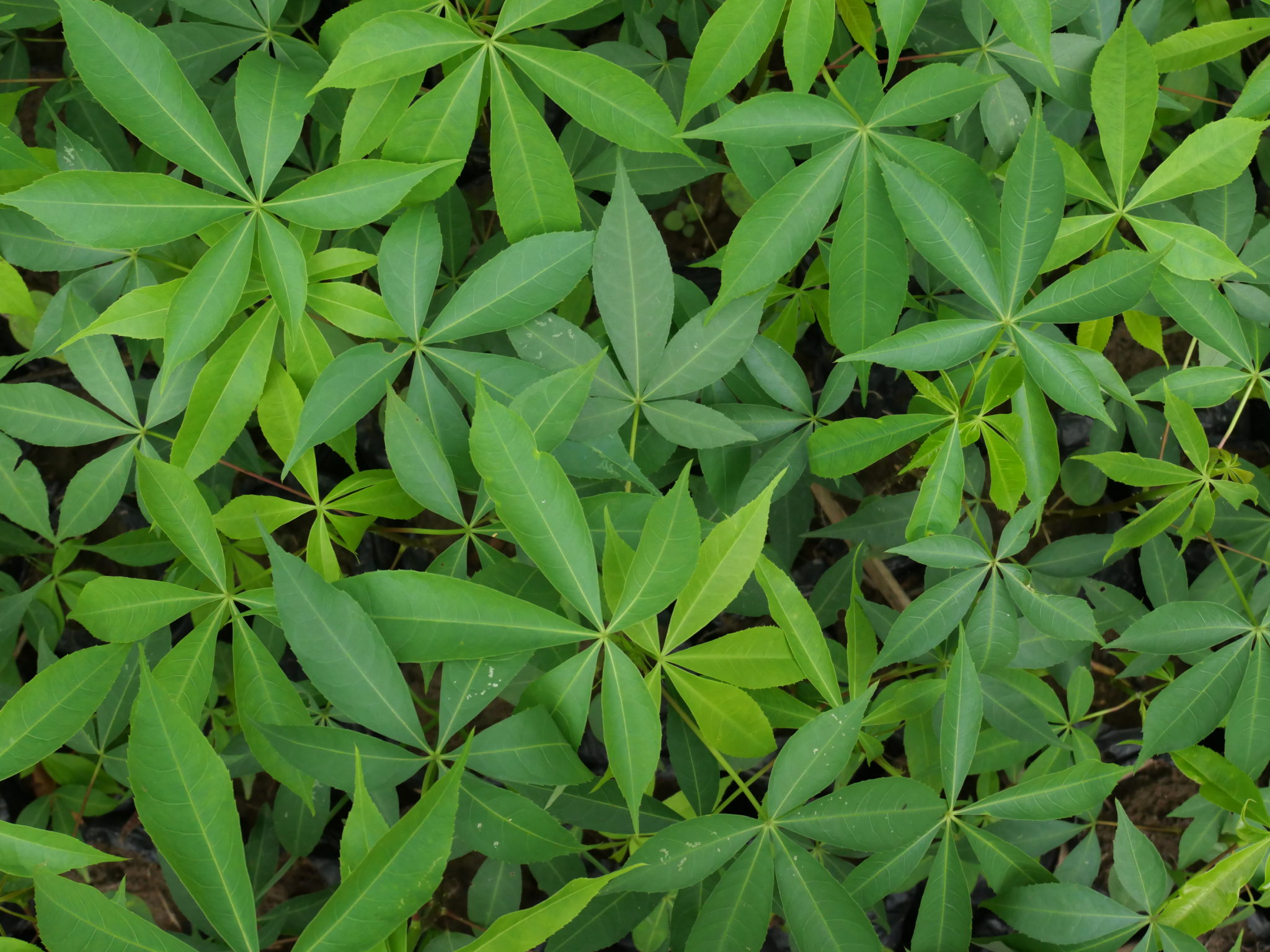
2. The verification, carried out by an external auditor, consists of assessing the accuracy and conformity of historical data and information relating to our intervention. The auditor carries out a check of the follow-up report issued by our company, an on-site visit and an audit. A report is then provided by the auditors with recommendations to improve the intervention and to indicate the amount of carbon that can be claimed. Audits must be conducted every 5 years. Thanry’s project team is responsible for producing quarterly reports during the planting period (the first 5 years) and annual reports for the remainder of the project. Reports contain safe information:
- Trees planted;
- The hectares planted;
- The success rate of reforestation;
- Tree species;
- The size of the sample of trees monitored;
- The number of tonnes of CO2 sequestered;
- Persons employed/trained (by gender);
- Committed volunteers (by gender);
- The number of seedlings provided by community tree nurseries.
The MRV system, reliable and accurate monitoring of greenhouse gas reductions
MRV is a key component of the 2015 Paris Climate Agreement, which was adopted by 196 countries with the aim of limiting global warming to less than 2°C above pre-industrial levels. It is based on international standards and guidelines for measuring GHG emissions, as well as processes to ensure transparency, reliability and comparability of emissions data.
To identify greenhouse gas (GHG) reductions, the company’s carbon credit project sets up a reliable monitoring system testifying the evolution of the project based on the MRV (Monitoring, Reporting, Verification) protocol. It will provide a monitoring plan, a control mechanism and data validation. The use of this system will lead us to follow the evolution of the carbon and non-carbon indicators of the current project.
The group is committed to providing reliable data as part of the MRV system deployment through our monitoring plan. Which is developed in accordance with the guidelines of the VCS standard. The project may also request the use of the LandScale tool developed by the Rainforest Alliance. The project may also request the use of the LandScale tool developed by the Rainforest Alliance, which facilitates project monitoring.
A supervised and secure project
We refer to the MRV system for forest monitoring. It will be done via two channels:
- Monitoring teams with all the necessary logistics to carry out forest cover monitoring in an optimal way.
- The use of digital tools such as Forest Watcher and Lens will alert us of deforestation and bushfires. Thus allowing Thanry’s teams to intervene as soon as possible.
